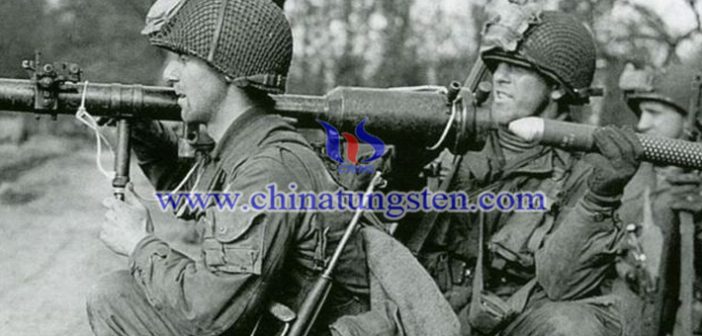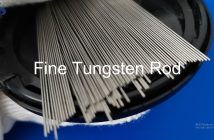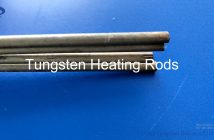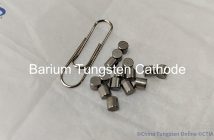Can the tungsten copper alloy cover replace the copper type cover as the mainstream? After consulting the relevant literature, it is found that long and stable metal jet is essential to achieve the desired armor effect, and the medicinal mask material is the key to the formation of high-speed jets. Ground is the key to controlling the shape, size and quality of metal jets. Furthermore, according to the theory of penetrating fluid dynamics, the penetration depth of the metal jet is proportional to the square root of the jet length and material density. That is to say, the medicinal mask should form a longer and more stable metal jet, and the medicinal mask material should have the characteristics of high density, high sound speed and good shape.
Having said that, you may have filtered through the brain which metal materials can be used as a hood. Then, with a flash of light, you might think of a metal that is extremely versatile in its ability to make a blister. Indeed, after experiments in various countries, gold is very suitable for use as a hood material. The only drawback is that it is too expensive. Therefore, considering both cost and performance, copper became the most suitable material for the design at that time. For example, at the end of the Second World War, the 57mm M307 armor-piercing projectile for the M18 57mm recoilless gun in the United States was made of copper. However, in fact, at the time, in order to save costs, some armor-piercing ammunition is still commonly used in steel-type hoods and zinc-type hoods.
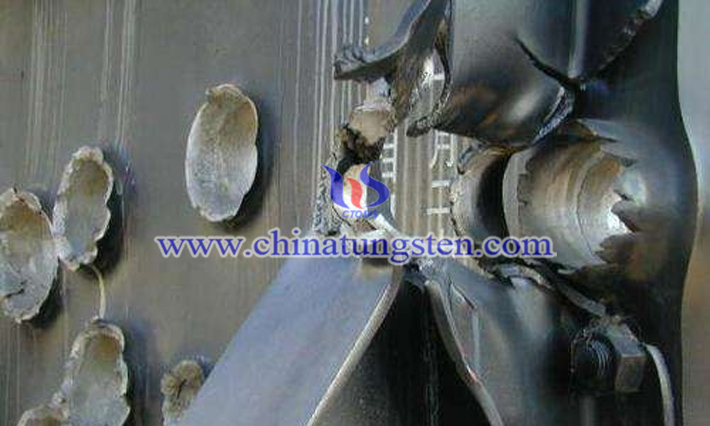
armor penetration effect of tungsten copper alloy liner picture
In time, backtracking back, when the armored ammunition was just born, humans have limited research on metal jets. Therefore, the original material of the hood was made of steel. For example, the RPG-43 produced by the former Soviet Union Tank grenade - large head + steel type cover + not so reasonable shape of the shape of the cover +612 grams of TNT charge = 75 mm static armor depth. The post-war RKG-3 anti-tank grenades were initially made of steel-type hoods with a depth of 135 mm and later increased to 170 mm after switching to a copper hood. Therefore, it can be concluded that the steel hood can be used, but not as good as the copper hood. Since then, the copper cover has gradually become the mainstream.
However, the times are developing, science and technology are improving, and armor protection technology is also in a dynamic development trend. Therefore, at present, the material of the blister material has two development directions, namely pure metal and multi-phase composite material (alloy). Among them, pure metals are mainly concentrated in metal materials such as molybdenum, tungsten and niobium. The alloys are mainly tungsten-copper alloys, nickel alloys, superplastic alloys, depleted uranium alloys, beryllium copper alloys and beryllium copper alloys. Among them, the alloy hood can combine different properties of metal or alloy according to the design of the hood, thereby exerting the comprehensive advantages of different metals or alloys. Compared with the pure metal paint cover, the alloy drug cover has more reasonable energy conversion and absorption mechanism, superior armor performance and lower cost, and has broad development prospects.
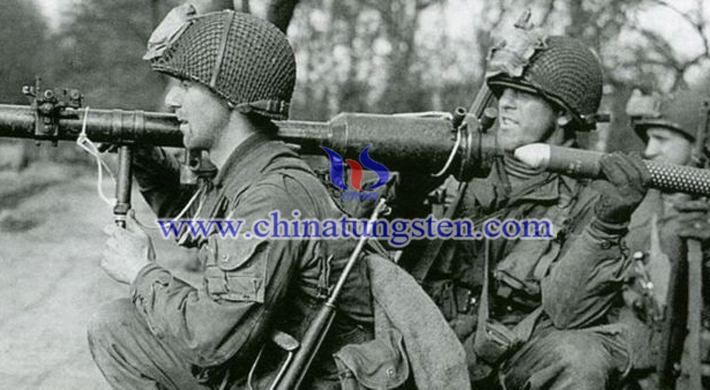
M18 57mm recoilless gun picture
Among them, according to the literature, tungsten-copper alloy is a promising material with high density, high sound speed and good plasticity. At present, according to the research results of the armor-piercing performance of the tungsten copper alloy cover, the wear depth of the tungsten copper alloy cover is increased by 30% compared with the copper cover of the same structure. However, tungsten-copper alloys, inevitably, have the commonality of alloy-type hoods—very sensitive to the explosive height of the charge. As a result, under the condition of small explosion height, the armor depth of the tungsten-copper alloy type cover can be increased by about 30% compared with the copper type cover, but the performance is rapidly deteriorated under the large explosion height, and the ductile jet cannot be obtained. In addition, the tungsten-copper alloy hood may have unstable performance and large fluctuation in penetration depth, because there are many random factors in the preparation process of alloys such as filling and pressing, and the density distribution of the hood is difficult to control. These factors are artificially controllable. The difficulty lies in how to obtain a ductile jet at a large explosion. Therefore, at present, the research on tungsten-copper alloy for the armor-type hood is still continuing. That is to say, the mainstream is still a copper blister, but it has the possibility of being replaced. Like it replaces the steel hood, it is not replaced by tungsten-copper alloy, or another alloy replaces bismuth.

